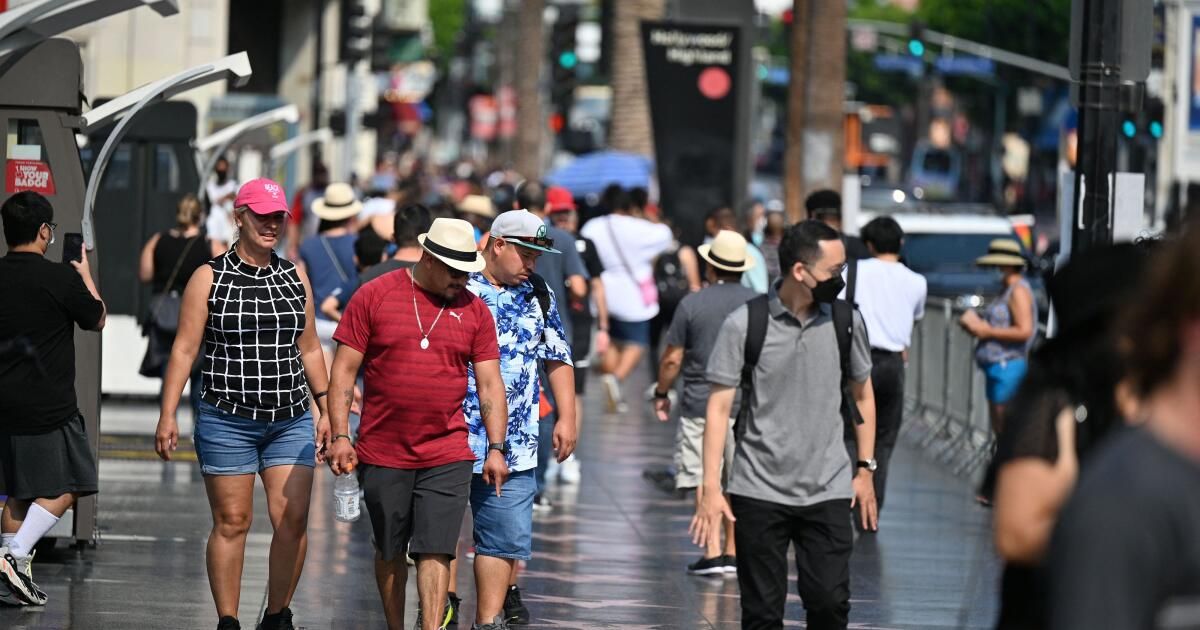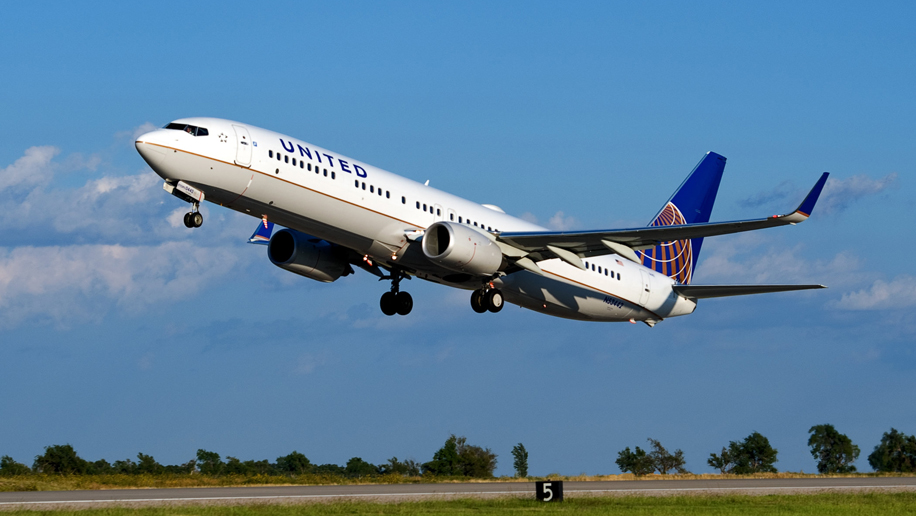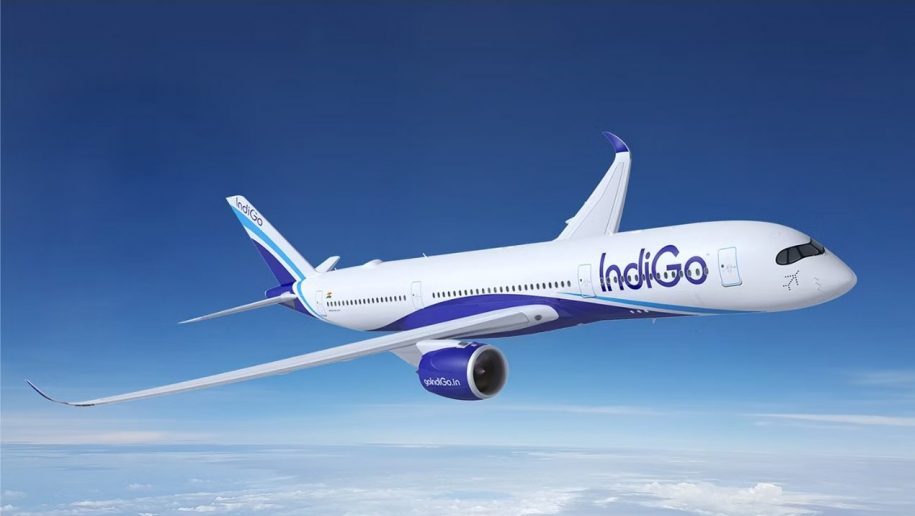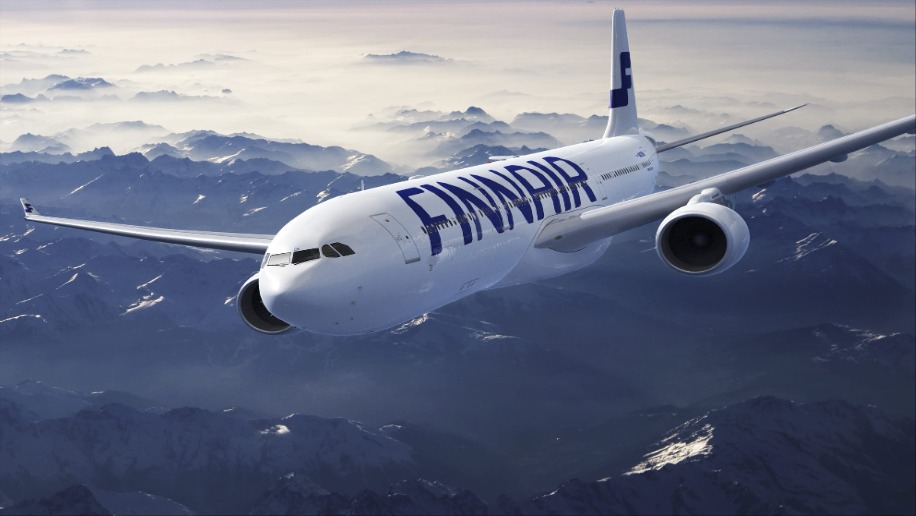After several years of decline, tourism in Los Angeles County is recovering.
But the recovery from the COVID-19 pause has been uneven to this point, officials say, with far fewer international visitors arriving in Los Angeles than during the past year before the pandemic.
“Domestic leisure travel has really led the recovery process” and has fully recovered after the pandemic hit tourism, said Adam Burke, president and CEO of the Los Angeles Convention and Tourism Board.
However, international tourism is still down almost a third from 2019. “We have a significant amount of work to do to drive the recovery internationally,” Burke said.
That slower recovery comes at a cost.
“Foreign visitors are by far our most valuable guests,” Burke said, adding that it takes nearly three domestic travelers to spend as much as a typical guest from another country, according to his organization's figures.
He blamed a slow process that often causes would-be international travelers to wait more than a year to obtain a visa, a delay he characterized as a “major deterrent.”
Nationally, widespread problems in the air travel industry have “wreaked havoc on travel schedules” and could be holding back domestic tourism to Los Angeles, Burke said.
Meetings and conventions, which generated $24 billion in 2019, compared to $31 billion from leisure visits, have also struggled to recover. So far this year, they are tracking just 81% of their 2019 level.
The tourism industry employs nearly 560,000 people, making it one of the county's top five employers, according to Burke.
From 2020 to 2022, nearly 200,000 Angelenos employed in tourism were out of work and businesses that serve tourists lost nearly $43 billion in sales as pandemic precautions restricted travel, he said.
Now, his organization wants to remind people “how indispensable tourism is to our local community.”
To that end, the tourism and convention board is buying ads on traditional broadcast channels in Canada and Mexico for the first time, hoping to attract additional visitors from those countries.
The organization also plans to spend about $6.5 million on ads in other major U.S. cities.
But not everyone may be totally on board with the push to attract more visitors to Los Angeles. Residents may worry that a crush of tourists could exacerbate the city's already chronic traffic and pollution problems.
And amid a prolonged strike by hotel workers, bringing more people into the city would likely mean more guests having to choose whether to cross the picket lines.
Burke responded that his organization is committed to “ensuring that tourism is done sustainably.” He touted investments in sustainable fuels for airlines and encouraged visitors to “travel car-free in Los Angeles.”
Additionally, he said the tourism and convention board is pushing guests to visit all types of neighborhoods, not just places with high traffic. More tourists in places like South Los Angeles, she said, would lead to a “more equitable distribution of those economic benefits.”
About two-thirds of Los Angeles County's 1,300 hotels have fewer than 300 rooms, he said, so there are plenty of options for visitors to choose from.
“We are still very optimistic that while we have a ways to go, we can accelerate the pace of recovery,” Burke said.












